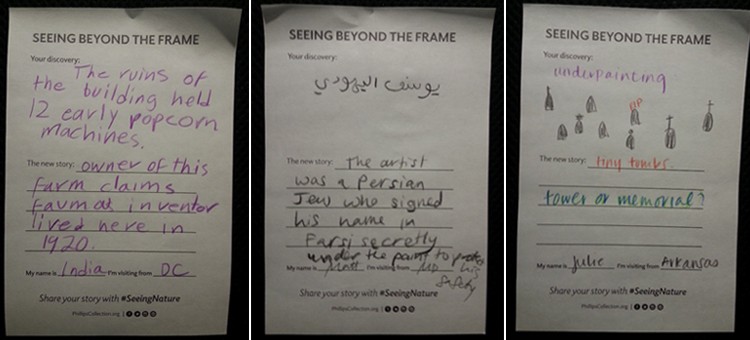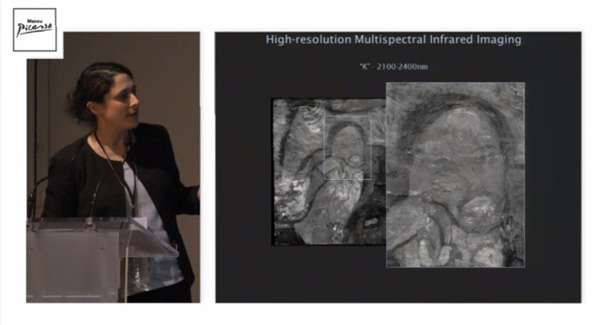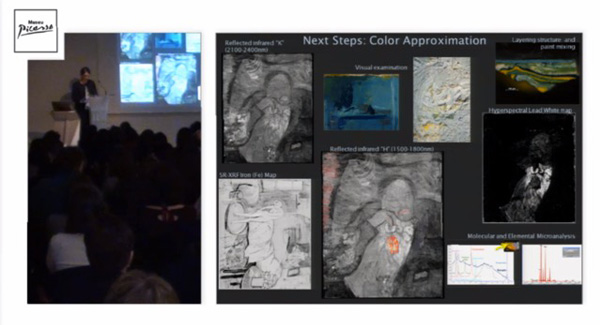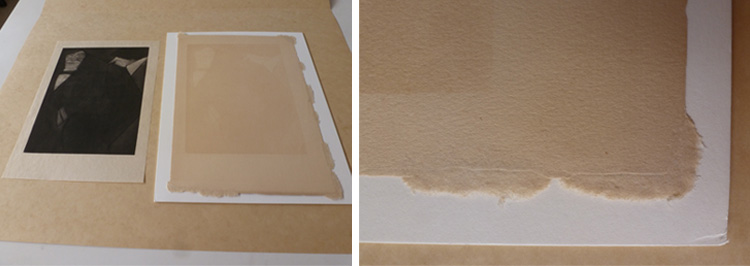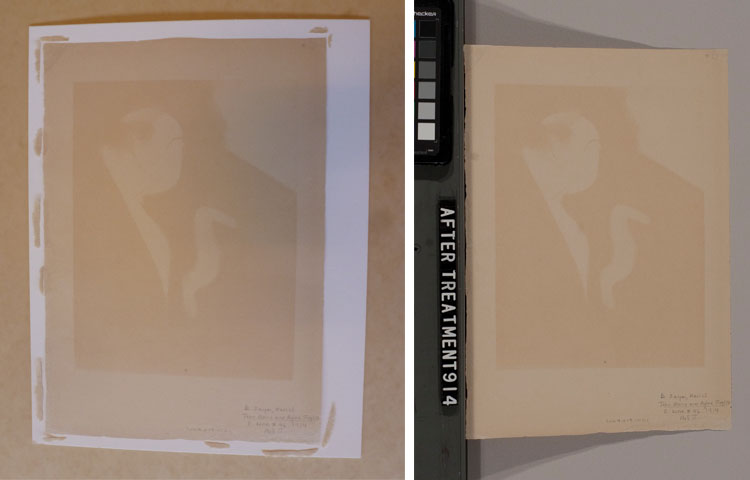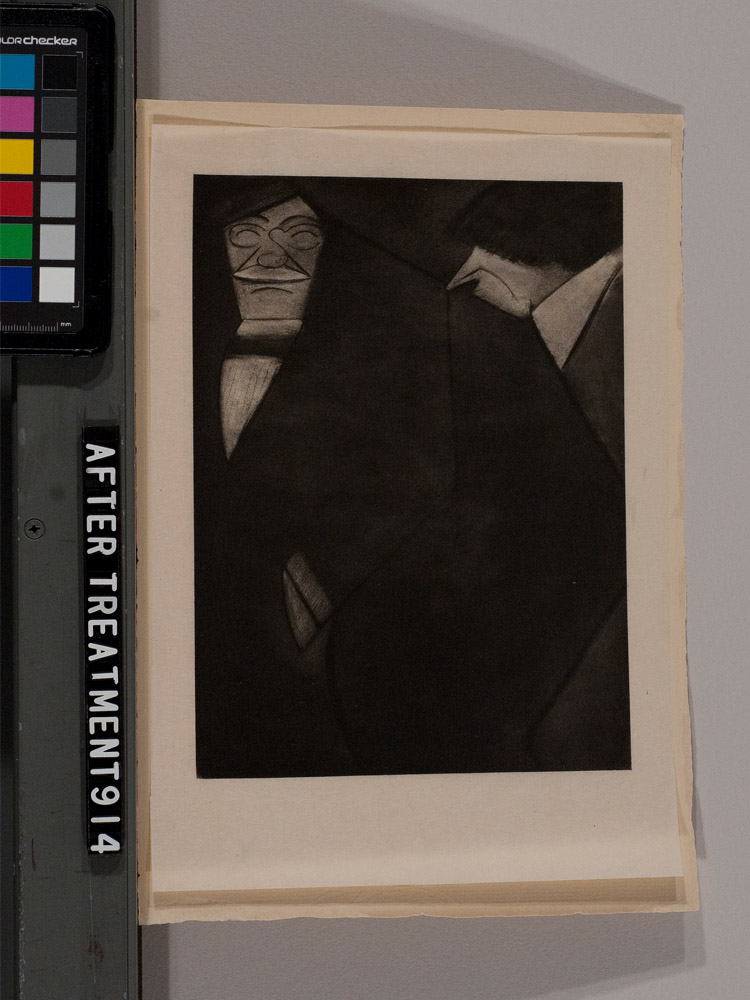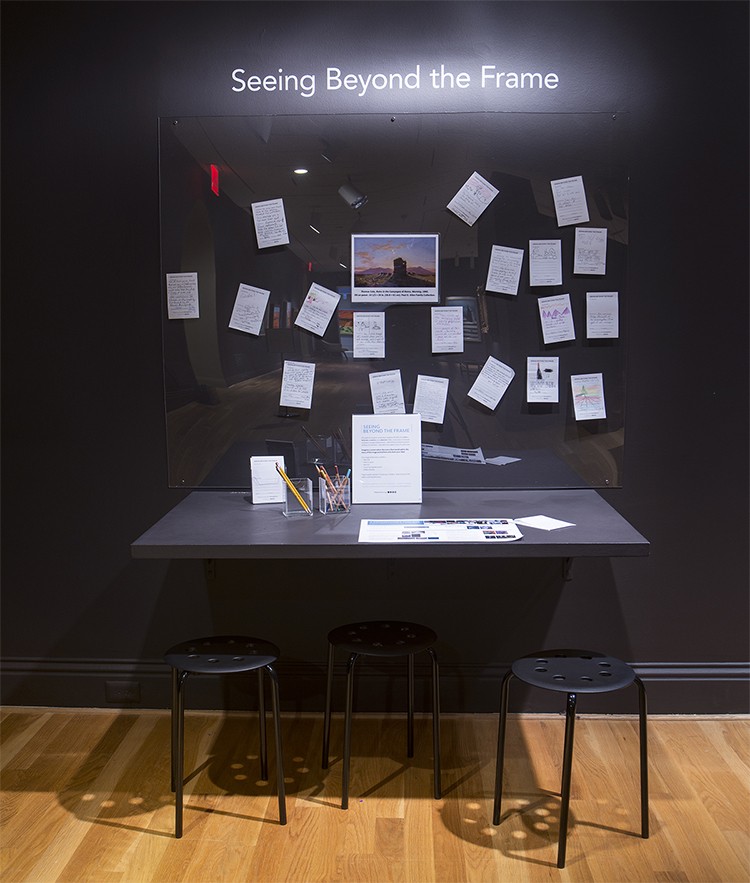
The “Seeing Beyond the Frame” Station in Seeing Nature, which invites visitors to contribute their imagined conservation discovery and a resulting new story about a work of art in the exhibition. Photo: Lee Stalsworth
As part of the exhibition Seeing Nature: Landscape Masterworks from the Paul G. Allen Family Collection, the Phillips encourages visitors to “see beyond the frame” with an interactive station focusing on conservation. In this space, you’re invited to learn about discoveries made while conserving works in the exhibition from the short videos playing in an adjacent gallery and peek into the part scientific, part detective work of an art conservator.
Each month, a different work of art from Seeing Nature is highlighted at this station and visitors are invited to create their own imagined conservation discoveries, explaining how their discoveries might change the known story about a work of art. From hidden underpaintings to long lost owners or artists, here are a few of our favorite creative submissions so far.

